|
8/22/2012 8 Comments Mind on the Ice.Last September, I submitted a proposal entitled, 21st Century Antarctica: The Science and Landscape of Palmer Station to the National Science Foundation's, Antarctic Artists and Writers program. An NSF program that offers artists and writers the opportunity to travel to Antarctica to gather research to complete proposed projects. After a very long and involved process, I have received final confirmation that my application has indeed been accepted into the program! I will be deploying to Palmer station on the Antarctic peninsula, in the Austral Summer of 2013/14 for about a month and half. I will travel from Seattle to Punta Arenas, Chile, where I will board icebreaker vessel L.M. Gould for an approximate 5 day voyage to Palmer Station. While deployed, I will work side by side with the scientific research and support teams with the goal of gathering information and inspiration to make a body of work upon my return. Traveling to Antarctica has been a dream of mine since I was an early teen when I met a family friend who said that he was a 'toxic-waste' garbage man at McMurdo station, in Antarctica. That one could travel to and live in Antarctica was enough to peek my interest, but that he was a garbage man had my imagination reeling! I had just or was just about to read, Endurance the story of Shakleton's voyage and was (and still am) entirely captivated by the story of great explorers and survivors. But as I vividly imagined Shakleton's adventure, it did not quite fit into the contemporary picture of Antarctica that I was hearing about. It was then I started to think about the incredible differences between Antarctica pre-twentieth century and Antarctica post-twentieth century. And so my curiosity about the elusive place started it's own voyage in my imagination. Aside from the vast differences between Antarctica today and 100 years ago, my interest in Antarctic exploration grew as I considered the symbiotic relationship between the explorers, scientists and artists who went to great lengths in the name of science and discovery. While the role of the artist in scientific discovery has perhaps changed in the 21st century, the artist serves as a useful link between modern day science and the public at large. As science becomes increasingly complex, and in many cases is only comprehendible to an elite few, the artist's role becomes important as serving as a comprehensible link between the work of the scientist and the public at large. An excerpt from my application about the intent of my project. ‘21st Century Antarctica – The Science and Landscape of Palmer Station’, is a research project aimed at expanding the public’s knowledge and understanding of the scientific research, unique biology and rapid climate change occurring on the Antarctic Peninsula and in the Southern Ocean during the 21st century. Nearly one hundred years after the end of the Antarctic Heroic Age[1] of exploration and discovery, the 21st century witnesses Antarctica with year-round stations, laboratories, evidence of global warming and a need for international conservancy. However, most people remain confused and grossly misinformed about the southern most continent and the research occurring there. The goal of my project is to produce a body of work that conveys a new understanding of Antarctica that will serve as a link between the scientific research and the people at large. The final exhibition produced will focus on being engaging, educational and apprehensible. [1] A period of exploration in Antarctica from the late 1800’s to early 1900’s. While I could write all day, in the words of a wise woman I will, 'save some room for later' and leave this post: To be continued. And in the meantime, I've got my mind on the ice.
8 Comments
8/8/2012 1 Comment The Pace of TimeIn July, I had the great opportunity and honor of teaching at the Corning studio with Mr. Jiri Harcuba. It was my first time there and Jiri's last, after 15 years. Over the near decade that Jiri has been my teacher, I have learned innumerable lessons on life, art and engraving. After teaching our last class together, I am faced with an undertaking that I have been anticipating since I became a dedicated engraver and student of Mr. Harcuba's. That undertaking being to help keep engraving alive by passing on the lessons that I have learned, to make engraving contemporary and for our time and not to forget to forever be a student of life. When I first learned how to engrave, Harcuba very smartly said to me, ‘Forget the details’. At the time I did not understand this sentiment but have later come to fully appreciate what he meant with that short phrase. Wheel engraving onto glass is an age-old craft that has changed little since its inception. Historically, it is a craft largely used to embellish functional glass objects with decoration. Traditional wheel engraving is taught in apprentice style schools and takes years to learn. Students are taught how to replicate decorative patterns and intricate fables and are encouraged to stay within the boundaries of tradition. When Harcuba told me to, ‘Forget the details’ he was telling me to forget the finest engravings I had been inspired by and rather to find my own way of expression in the sculptural cuts of the wheels. His lesson to me was that by stepping away from tradition (in the subject), a glass engraving could be considered contemporary art and perhaps even modern! So in an age of rapid change when many traditional crafts are being lost, I choose engraving as my voice. I am slowing down and focusing my energy on a craft that has been practiced for millennia but on one that may not be around in 100 years time. And perhaps that is a bold statement, but in a world that is quickly becoming dominated by digital technologies and when time is perceived as a race against itself, I feel it of utmost importance to continue on the traditions of our collective past. Even if the practice of engraving does not keep up with the pace of today and is in a way, against the very grain of our society, it makes me feel like I am doing something meaningful in the larger scheme of things. If I do not help carry on the tradition, who will? Is it not the past that we learn from to avoid mistakes in the present? For me, the very act of engraving feels like a protest against our time. Or at the very least, a question posed to the pace and direction our technological advancements are changing the course of humanity as we know it.
What are the things that you do, to make your life feel meaningful? |
Search by typing & pressing enter

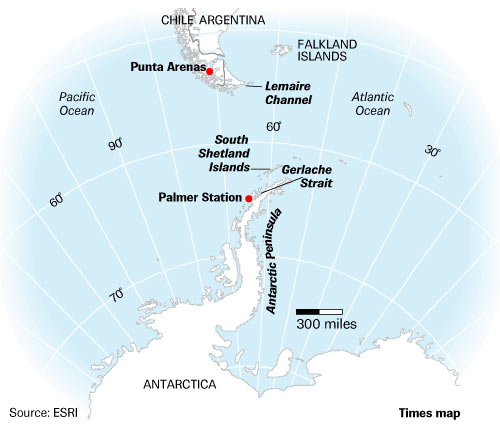
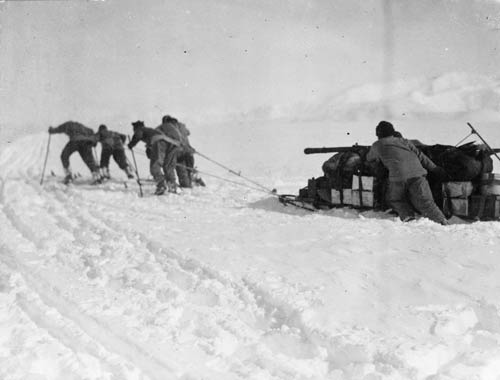
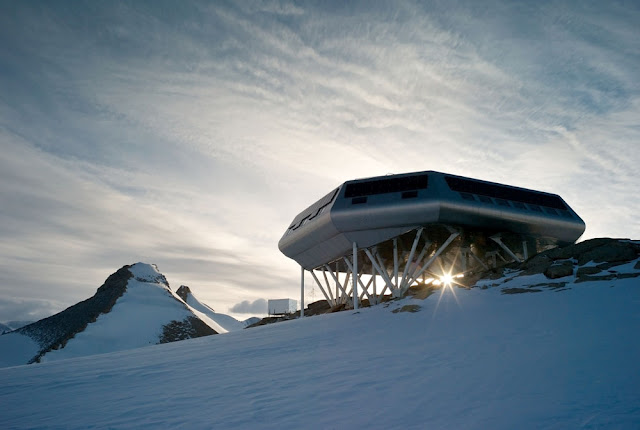
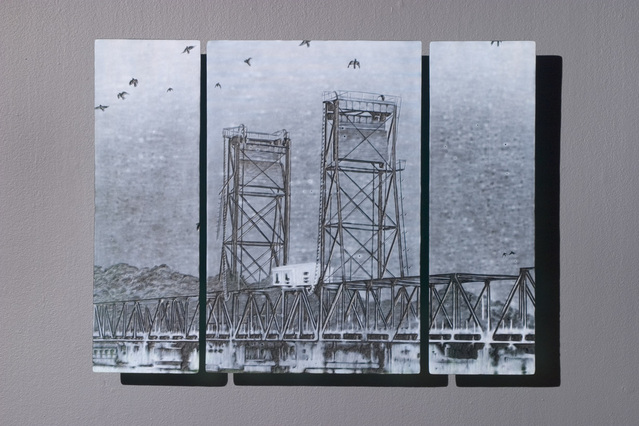
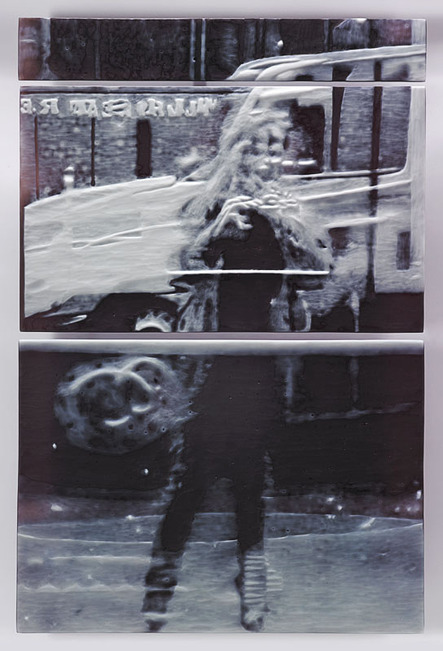
 RSS Feed
RSS Feed
